Theatre as Human Action

THEATRE IN AMERICA Anything can happen onstage in the theatre today. In the popular Broadway musical Hamilton (2015), early American history is retold with rap music and racial diversity. Lin-Manuel Miranda (center on table) not only played Alexander Hamilton but he also wrote the book, music, and lyrics for the innovative musical. Director: Thomas Kail. Sara Krulwich/New York Times/Redux Pictures
Theatre as Human Action

An Introduction to Theatre Arts
Second Edition
Thomas S. Hischak
ROWMAN & LITTLEFIELD
Lanham Boulder New York London
Published by Rowman & Littlefield
A wholly owned subsidiary of The Rowman & Littlefield Publishing Group, Inc.
4501 Forbes Boulevard, Suite 200, Lanham, Maryland 20706
www.rowman.com
Unit A, Whitacre Mews, 26-34 Stannary Street, London SE11 4AB
Copyright 2016 by Rowman & Littlefield
All rights reserved . No part of this book may be reproduced in any form or by any electronic or mechanical means, including information storage and retrieval systems, without written permission from the publisher, except by a reviewer who may quote passages in a review.
British Library Cataloguing in Publication Information Available
Library of Congress Cataloging-in-Publication Data
Names: Hischak, Thomas S.
Title: Theatre as human action : an introduction to theatre arts / Thomas S. Hischak.
Description: Second edition. | Lanham, Maryland : Rowman & Littlefield, 2016. | Includes bibliographical references and index.
Identifiers: LCCN 2015040866 (print) | LCCN 2015045269 (ebook) | ISBN 9781442260993 (hardback : alk. paper) | ISBN 9781442261006 (pbk. : alk. paper) | ISBN 9781442261099 (electronic)
Subjects: LCSH: Drama. | Theater.
Classification: LCC PN1655 .H57 2016 (print) | LCC PN1655 (ebook) | DDC 792dc23
LC record available at http://lccn.loc.gov/2015040866
 The paper used in this publication meets the minimum requirements of American National Standard for Information SciencesPermanence of Paper for Printed Library Materials, ANSI/NISO Z39.48-1992.
The paper used in this publication meets the minimum requirements of American National Standard for Information SciencesPermanence of Paper for Printed Library Materials, ANSI/NISO Z39.48-1992.
Printed in the United States of America
For Brian ODonnell, SJ
Acknowledgments and Credits

I would like to acknowledge the assistance of Joel Pape, Dawn Van Hall, Myra Giorgi, Mark Reynolds, Ron Mandelbaum and the staff at Photofest, and Stephen Ryan and Jessica McCleary at Rowman & Littlefield. A special thanks to the late William Whiting and to Cathy Hischak for their help in preparing the manuscript.
Lyrics Credit
Permission to quote lyrics from Jonathan Larsons Rent , copyright 1997, by Allan S. Larson, Nanette Larson, and Julie Larson McCollum, through Paradigm Press. All rights reserved.
Introduction

It is an awkward thing to introduce something that everyone is already aware of to some degree. Theatre is all around us, taking so many forms and assuming so many shapes, that it needs pointing out more than it requires an introduction. Theatre is the simplest kind of role playing we do every day. It is a small child pretending to be something he or she is not. It is a group of students planning and performing a skit or play in a school for a small community. It is also professionals preparing and presenting a highly polished piece of entertainment for a wide audience. All of these are theatre, and we are aware of them all directly or indirectly through our past experiences.
Yet the art form known as theatre involves so much more than what we see as an audience member or even as an amateur performer. Theatre is a combination of different arts, from writing and designing to performing and directing, and to be truly introduced to the theatre, all of its components must be explored. This book looks at the process of theatre, from the first idea a playwright has for a script through the preparation and rehearsals involving various kinds of artists to the final product presented before an audience. Theatre has been called the culmination of all the arts because it can involve literature, music, visual art, and dance. Theatre is so much more than what we may initially think.
In order to better explore the idea of the theatre, I have selected four plays that will be our frame of reference throughout the book. Thousands of plays and musicals have been written over the centuries, and for every concept presented in the following chapters, there are dozens of plays I could use as examples. But the chance of your being familiar with all or even half of these examples is not likely. Your theatre experience, whether it is very limited or very extensive, is bound to be quite different from mine and every other student in your class. So we need some common points of reference in order to make these ideas come alive.
Four very different plays were chosen so that we can touch on different types, styles, and periods of theatre. There is also a good chance that you are familiar with these works from studying them in school or seeing them performed on the stage. But even if they are new to you, they will be introduced and then explained throughout the book so that everyone will be able to use them as references. The plays are William Shakespeares tragedy Macbeth , George S. Kaufman and Moss Harts comedy You Cant Take It with You , Lorraine Hansberrys African American domestic melodrama A Raisin in the Sun , and Jonathan Larsons rock musical Rent. If you have the chance to read (or listen to) these plays or view them onstage or on video, so much the better. (A list of video versions is given at the end of the book.) In any case, the plots and characters are explained in chapter 2 so that the subsequent use of them in this book will be useful to you. Within these four works are examples of all the areas that we wish to explore, from playwriting to production to criticism. They are the four pillars that the many aspects of theatre will rest on. Being solid and durable examples, they will guide us through the fascinating world known as the theatre.
The Theatre

Theatre vs. Drama
As you read these words, this very night, hundreds of theatre events are taking place across America. Let us look at four of them.
In a midsized liberal arts college, the theatre department is presenting William Shakespeares Macbeth in the campus performing arts center. The actors and crew are students at the college; the director and some other staff are members of the theatre faculty; and the audience is composed of students, faculty, and people from the community. At the same time, far away in a high school in another town, a production of the George S. Kaufman and Moss Hart comedy You Cant Take It with You is opening in the school auditorium. The cast and crew are high school students; the director is a teacher at the school; and the audience is filled with fellow students, members of the faculty, friends, family, and others from the community. Across the country in a major city, the regions resident theatre company is offering Lorraine Hansberrys A Raisin in the Sun as part of its five-play season in its two-theatre building. The professional actors, crew, director, and designers are members of the various theatre unions, and the audience consists of a wide cross section of the local population, from students to senior citizens. Finally, tonight in a different town, a community theatre group, which puts on adventurous musicals in the town hall auditorium, is presenting Jonathan Larsons rock musical Rent . The performers are not professional actors but talented members of the community and the audience members are a cross section of the community who enjoy musicals.
Next page
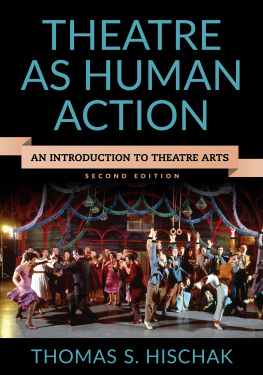
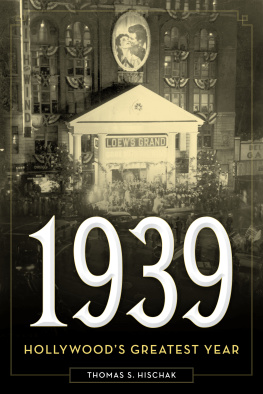
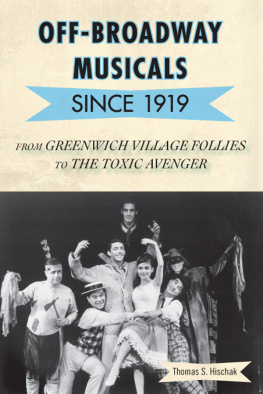
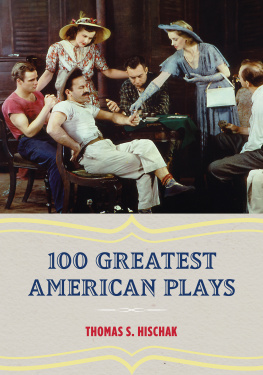

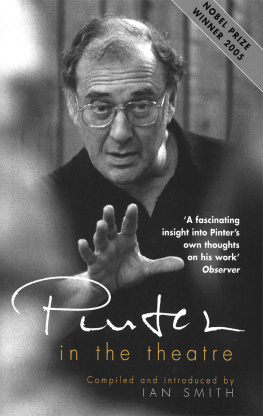

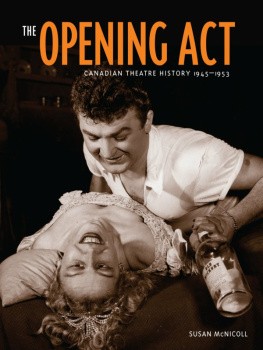
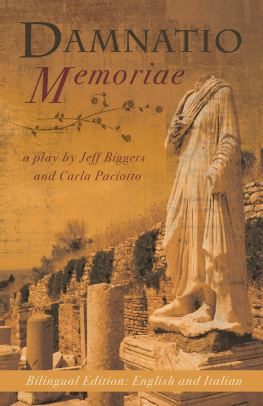

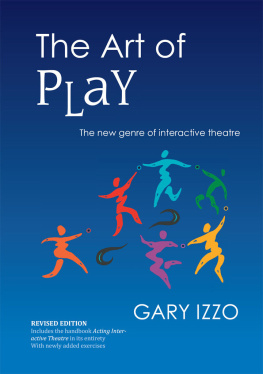

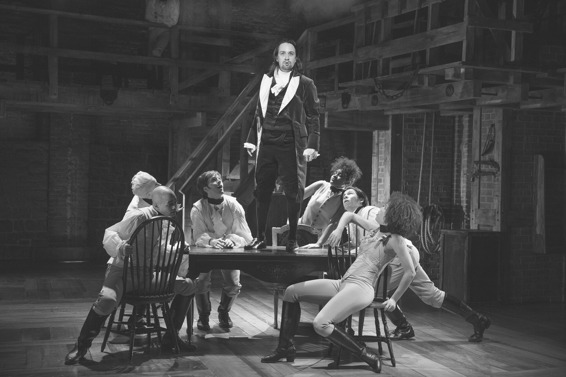

 The paper used in this publication meets the minimum requirements of American National Standard for Information SciencesPermanence of Paper for Printed Library Materials, ANSI/NISO Z39.48-1992.
The paper used in this publication meets the minimum requirements of American National Standard for Information SciencesPermanence of Paper for Printed Library Materials, ANSI/NISO Z39.48-1992.